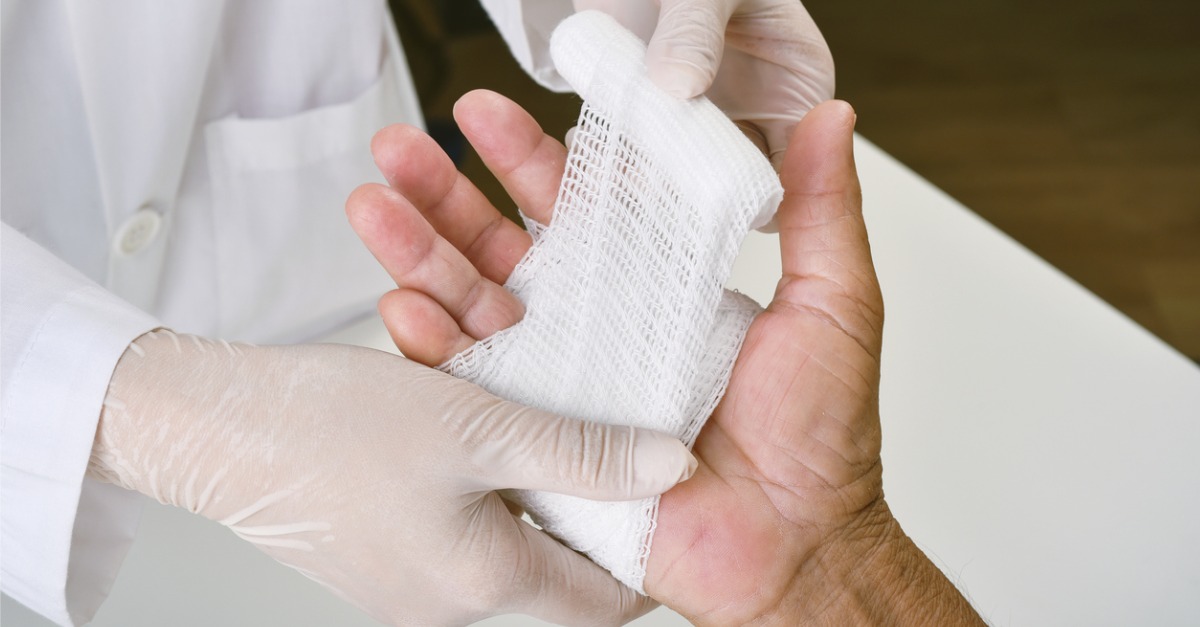Vascular wounds are notoriously challenging to treat when using only conventional approaches. Oftentimes, patients who have venous ulcers and other vascular wounds also experience poor circulation, which can impede overall healing.
Fortunately, vascular surgeons are equipped with cutting-edge techniques that provide the specialized care and management vascular wounds need to heal properly. Here’s a look into some of the most innovative treatment options for vascular wounds.
Negative-Pressure Wound Therapy
Negative-pressure wound therapy (NPWT) is an advanced technique that utilizes sub-atmospheric pressure to remove fluids that could cause or increase infection. Vacuum assisted closure (VAC) is the current standard for NPWT, and involves using a computerized suction pump to apply pressure to a sterile, polyurethane dressing placed over your wound area. The controlled pressure aids in cleansing and drawing out fluids, while also promoting blood flow and tissue formation.
Advanced Dressings
Keeping vascular wounds covered is an important aspect of preventing foreign materials from entering, which could increase the risk of infection. Instead of applying traditional bandages however, vascular surgeons can utilize advanced dressings that can stimulate healing. For instance, dressings may be infused with growth factors and antimicrobial agents to support tissue formation while also minimizing infection risk.
Hydrogel dressings are also commonly used for ulcers and other non-healing wounds. These innovative bandages contain a high degree of water content, and can either absorb or release liquid as needed, depending on the status of the tissue underneath.
Skin Substitutes
Skin substitutes can be biologic (derived from natural sources) or synesthetic. One example is the cultured epidermal autograft, or bioengineered skin consisting of small amounts of cells derived from a patient’s own skin or hair.
These skin substitutes introduce living cells at the wound site to stimulate repair. Some synthetic skin substitutes have also been made available in recent years. While traditional skin grafting remains an option for patients with vascular wounds, these other, more innovative alternatives may come with fewer risks and side effects.
Extracellular matrix (ECM) therapies
Extracellular matrix (ECM) is a three-dimensional structural component found in human tissue, acting as a natural scaffolding. It features proteins such as collagen and elastin, among other proteins your body can utilize for healing and repair. ECM plays an important role in wound healing, including tissue anchoring and cellular signaling. Some surgeons are implanting ECM to stimulate healing for chronic wounds, as ECM is believed to send signals that recruit stem cells to aid in tissue repair.
Stem Cell Therapies
ECM isn’t the only therapy that leverages stem cells to promote wound healing. Researchers have also experimented with stem cells derived from adipose (fat) tissue as well as bone marrow as a treatment for non-healing wounds. While research into these therapies is ongoing, stem cells’ ability to self-renew and differentiate into specific cell types makes them a viable candidate for vascular wound healing.
If you’re living with an ulcer or another non-healing wound, Vascular Surgical Associates can help. Our specialists excel in treating venous ulcers, surgical wounds, and diabetic ulcers through a range of cutting-edge treatments, including several of those listed above. To schedule an appointment, fill out our online request form or call 770-423-0595.





